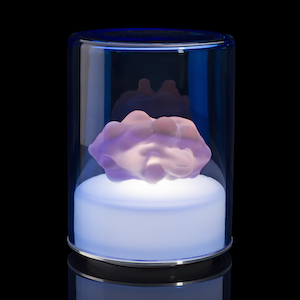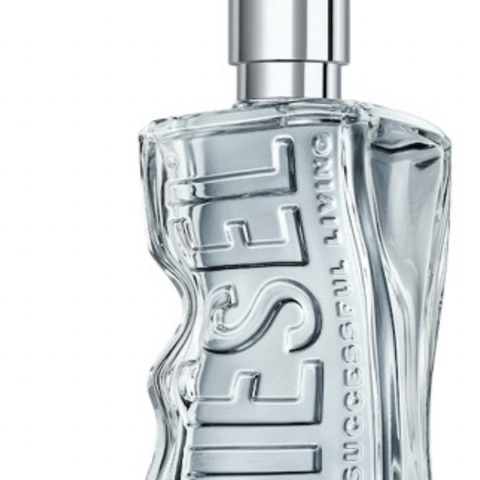The Light Shines Bright and Beautiful
By Timi Ayeni
Lightbulbs have been around since the early 1700s and have an interesting history that even includes a style that was a glass ball that glowed when rubbed. From the 1800s people looked to decorate these light fittings as they became more common in homes. Light to shade, bare to covered, find out more in The Light Shines Bright and Beautiful.
The first form of lampshades appeared in 18th-century Paris. As street lamps began to line the French capital’s streets, fixtures were put in place so that the gas-lit lanterns would glow downward, creating pools of illumination in the otherwise darkened roads, this was of course before the invention of electricity.
Electricity was invented as far back as 500 B.C.E when Thales of Miletus discovered static electricity by rubbing fur on amber.
But it wasn’t properly developed until 1600 when English physicist William Gilbert published the first theories about electricity in his book “De Magnete”.
Later in the 1600s, Robert William Boyle published his book titled “Experiments and Notes about the Mechanical Origin or Production of Electricity” in 1675.
William Gilbert (1544–1603),Oil on wood, 35.5 x 27.5 cm
Slightly surreally, in the 1700s, Francis Hauksbee, a scientist made a glass ball that glowed when rubbed, while experimenting with electrical attraction and repulsion, to make the light brighter for people to read, study or relax which led to the invention of neon lighting a few centuries later.
However, the first light bulb was invented in 1802 by Humphry Davy, a British scientist who experimented with electricity and created a circuit with a small battery that connected the wires into the battery with a piece of carbon between the wires that glowed and produced light.
This was known as the Electric Arc Lamp but when it produced light, it did not last for long, and it was too bright for anyone to see much.
Over the years after Davy, other inventors started inventing light bulbs such as Warren De La Rue, who invented the light bulb with a coiled platinum thread in a vacuum tube so the electric current passed through it. Joseph Wilson created another one in 1850 by enclosing the carbonised paper filaments in an empty glass bulb and Thomas Edison also experimented alongside others.
The first electrical Incandescent light bulb was firstly invented in 1850 by Edward G. Shepard. In the next few years, a German watchmaker named Heinrich Göbel used a carbonised bamboo filament placed inside a lightbulb as well as Herman Sprengel; who invented the mercury vacuum pump developed a practical electric light bulb that made the vacuum inside of the bulb work out which worked successfully.
In 1879, Edison; who was the first proclaimed “inventor of the lightbulb” used a carbon filament that burned for 40 hours as he placed the filament in an oxygen-less bulb which was based on the 1875 patent from inventors with the likes of Henry Woodward and Matthew Evans.
So once lightbulbs became easier and electricity was commonplace in homes, electric light became a feature. Then everyone wanted to decorate what was in theory a raw glass a metal object.
Even though street lamps had been decorated in the stress of Paris for many years, it took the first incandescent light bulbs to revolutionise interior lighting and the way in which lampshades were used and created.
Initially made of paper, the primary function was to disperse the light equally throughout the room and protect the eyes from its harsh glare.
But it was under the reign of Queen Victoria (1837-1901), that lampshades took on a new aspect. Instead of being simply practical, they gained an aesthetic dimension.
Ornate designs and attractive combinations of material, beads, lace and fringe offered families the chance to create a tasteful and refined atmosphere in their homes. To this day, the elegant design of the lampshade and light coverings remain popular with unlimited options available.
Here is the second season of the Diesel x Lodes collaboration and a light shade from Davide Groppi that highlights some of the current trends in lighting for both home and office spaces.
Magic Mushroom Lamp
The glass table lamp was inspired by the 1960s retro brown glass lamps invented by Marvin Pimpkin which consist of a steel base that supports a large, blown glass diffuser, in the shape of a ‘mushroom’.
Magic Mushroom from the Diesel Living with Lodes collection © Lodes
It holds a fluid, liquid-like appearance when light is filtered through the transparent glass and projected onto the wall which creates an optical effect and mimics the water reflecting on a surface, gently illuminating the surrounding space while infusing calmness around the home.
Reglobe lamp
It is a new pendant lamp made of recycled plastic which is good for our environment and references certain styles from the 1960s, due to its unique industrial process.
Reglobe from the Diesel Living with Lodes collection © Lodes
The process uses rotational moulding to assemble plastic grains of different colours, creating a terrazzo (patterned marble-like) effect. The end result is a large, spherical object, featuring a white background with brightly coloured, speckled accents.
Spring arm and ceiling lamp
The lamp indicates the tubular element of the metal rod that bends back on itself from the base, thus creating a circle reminiscent of a spring.
Spring from the Diesel Living with Lodes collection © Lodes
The workmanship recalls a safety pin, making its line minimal and elegant, a distinctive look that references the world of fashion.
U.F.O. pendant lamp
U.F.O. from the Diesel Living with Lodes collection © Lodes
The lamp was inspired by the mysterious U.F.O. between the 1990s and 2000s as this indicates a wide and almost flat metal diffuser with a slightly conical shape ideal for the dining table at home.
MOON Davide Groppi (2005)
MOON by Davide Groppi brings joy and comfort into the home when it illuminates the whole room with a ray of light to turn your dreams of seeing the moon in real life into a reality.
The hand-made Japanese paper surface makes every lamp unique and stands out in its own way. The paper almost takes back to the early days of light coverings.
A light bulb. This simple tool for us to see clearly has a fascinating history alongside a background in being rather well dressed.
If you enjoyed reading The Light Shines Bright and Beautiful, why not read Hip-Hop 50 Years and Rising Still at the Top
. Cent magazine London, Be Inspire; Get Involved















